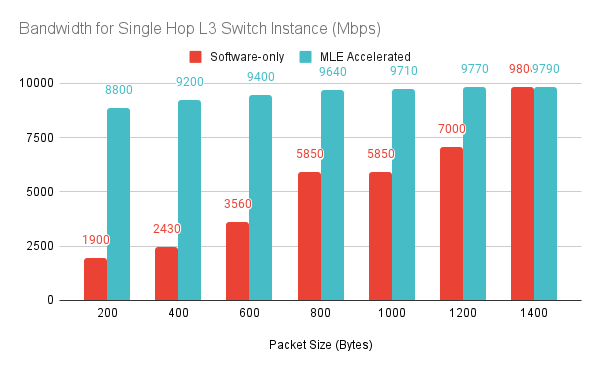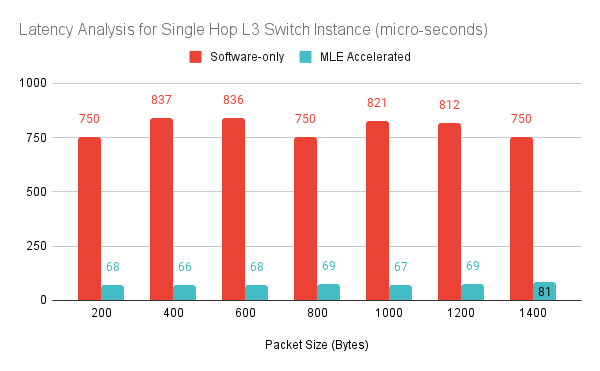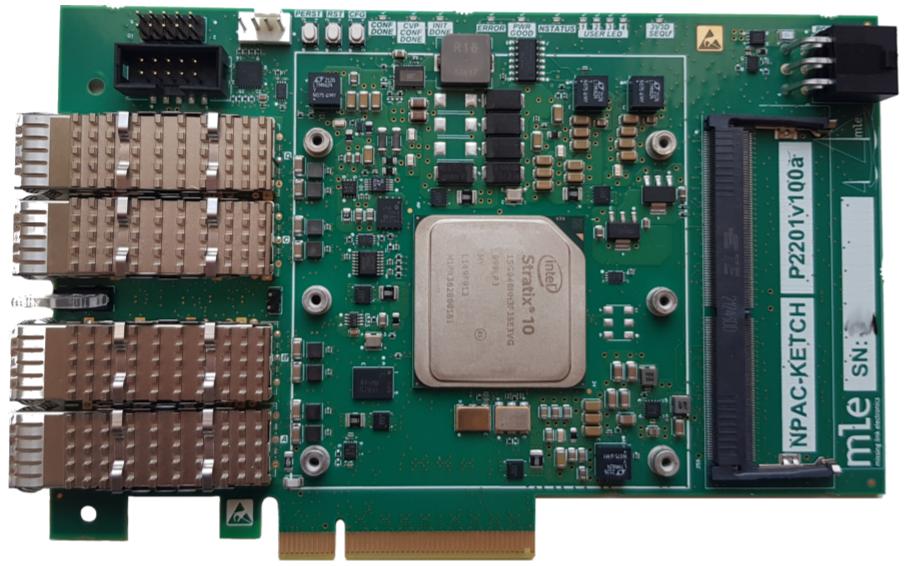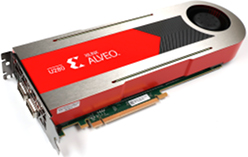Auto/RPS DevKit
Automotive Rapid Prototyping System (Auto/RPS)
MLE provides an FPGA-based Rapid Prototyping System (RPS) catering to the specific needs of automotive engineers designing next-generation Zone Based Architectures.
MLE Auto/RPS enables automotive system engineers to design and to validate software-defined vehicle (SDV) functions along with MLE Auto/TSN in-vehicle networking.
MLE Auto/RPS was designed as a shortcut into A-sample hardware development of Zonal Gateways / ECUs and implements an FPGA Full System Stack based on the Trenz Electronic TE0950-02 SoC-FPGA Development Kit featuring the AMD Versal AI Edge FPGA, and an automotive FPGA subsystem from MLE.
Edit Template
Features and Benefits
- Based on open standards and open-source software
- Support for multiple, different sensor inputs
- Backbone connectivity up to 100 Gbps
- Open-source real-time operating systems
- Multi-core ARM processing system
- Flexible, adaptable FPGA design for implementing data acquisition and data preprocessing (DADP)
- Supports Secure OTA via ARM OP-TEE Trusted Execution Environment (optional)
IO Interfaces
- 12 V DC power supply
- 1 Gig Ethernet
- USB 2.0 for JTAG and console
- 2x ports for 25G Ethernet (up to 4 ports optional)
- MIPI CSI-2 x2 Camera Input (optional)
- GMSL (via optional adapter AD-GMSL2ETH-SL)
- Up to 2x CAN-FD (via CRUVI HS) (optional)
- Up to 2x CAN 2.0B (via CRUVI HS) (optional)
- PCIe 4.0 x4 NVMe M.2 SSD via Opsero FMC with 4x GTYP for (optional)
Processing Functionality
FPGA System Block Diagram
FPGA Development Kit
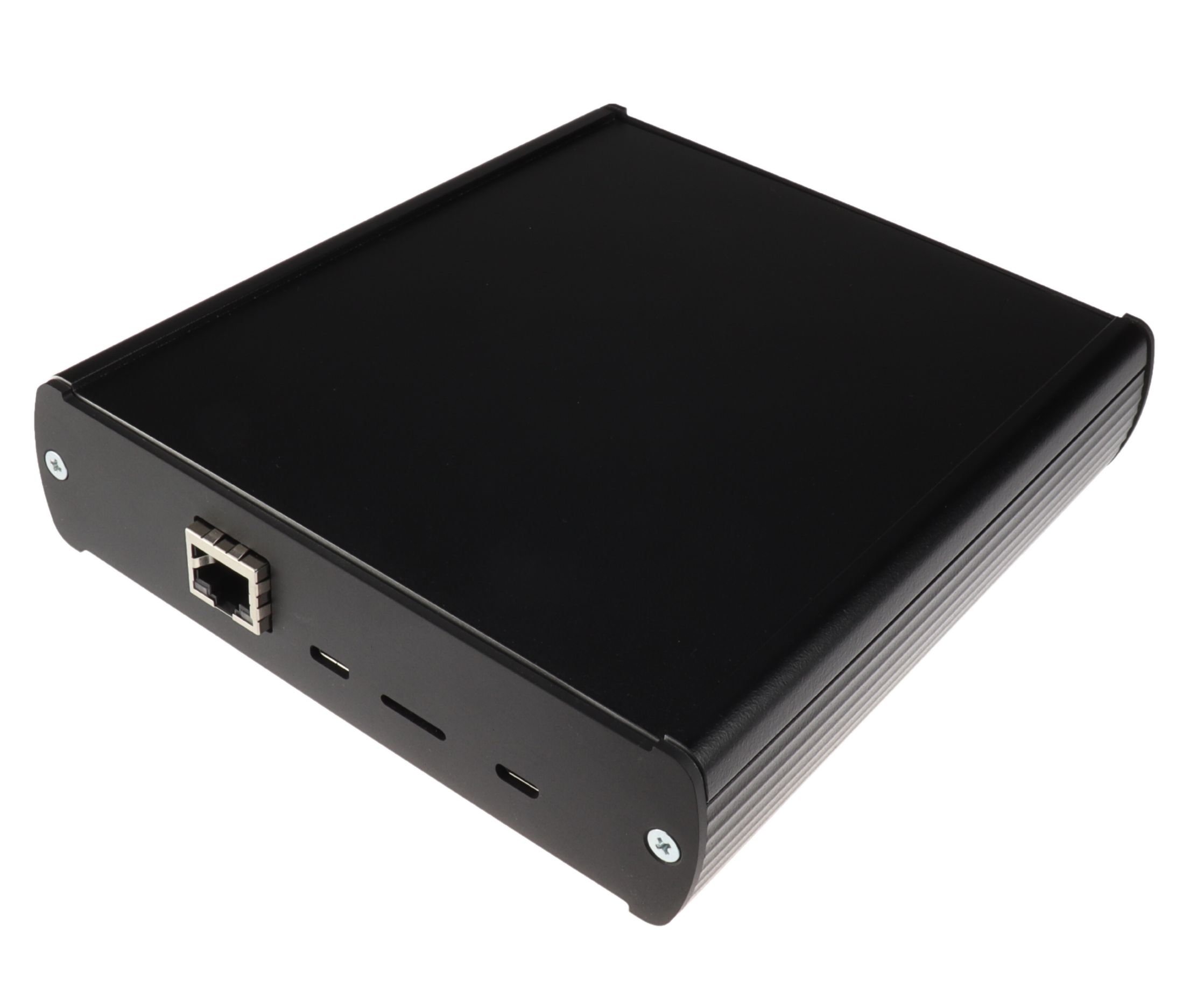
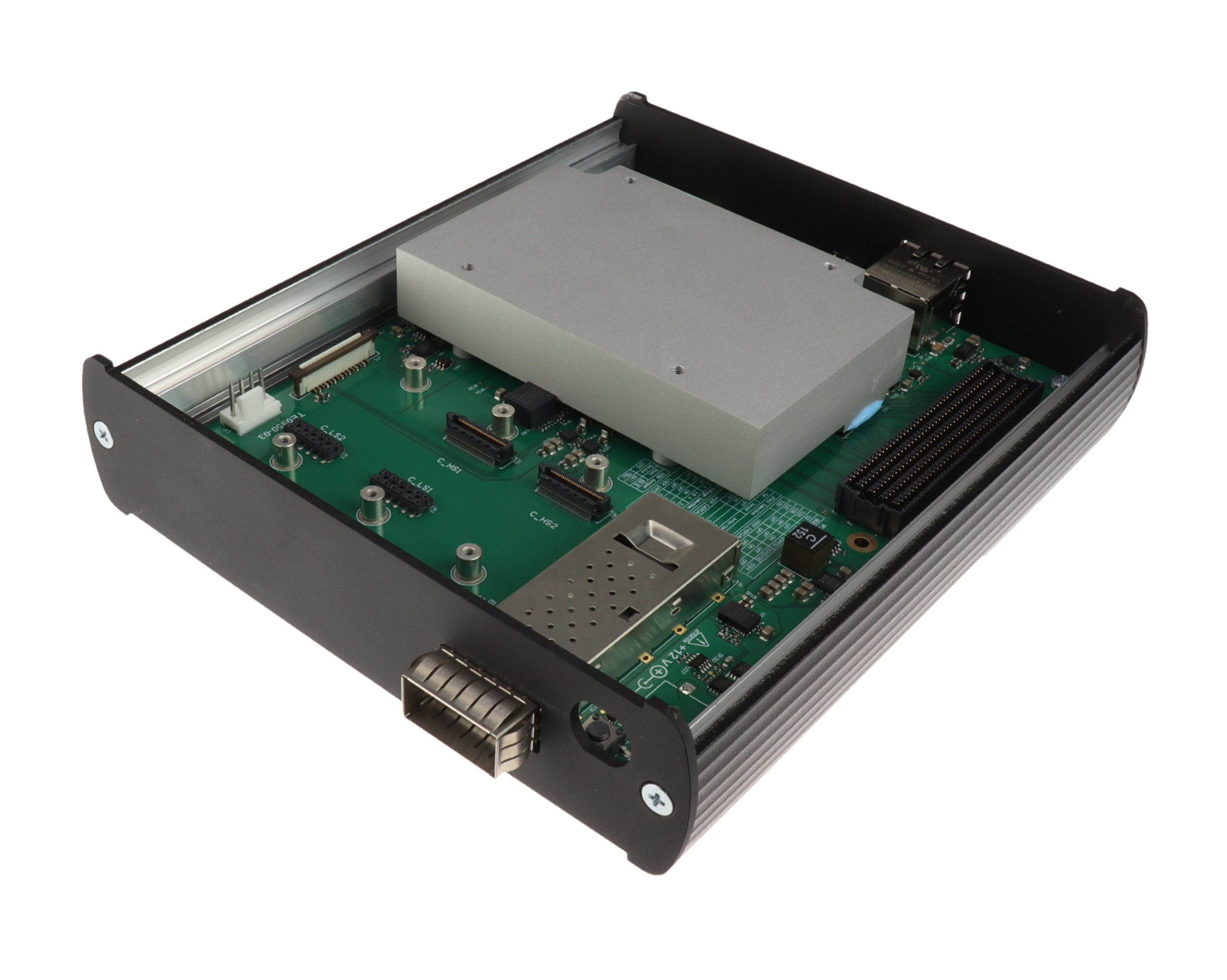
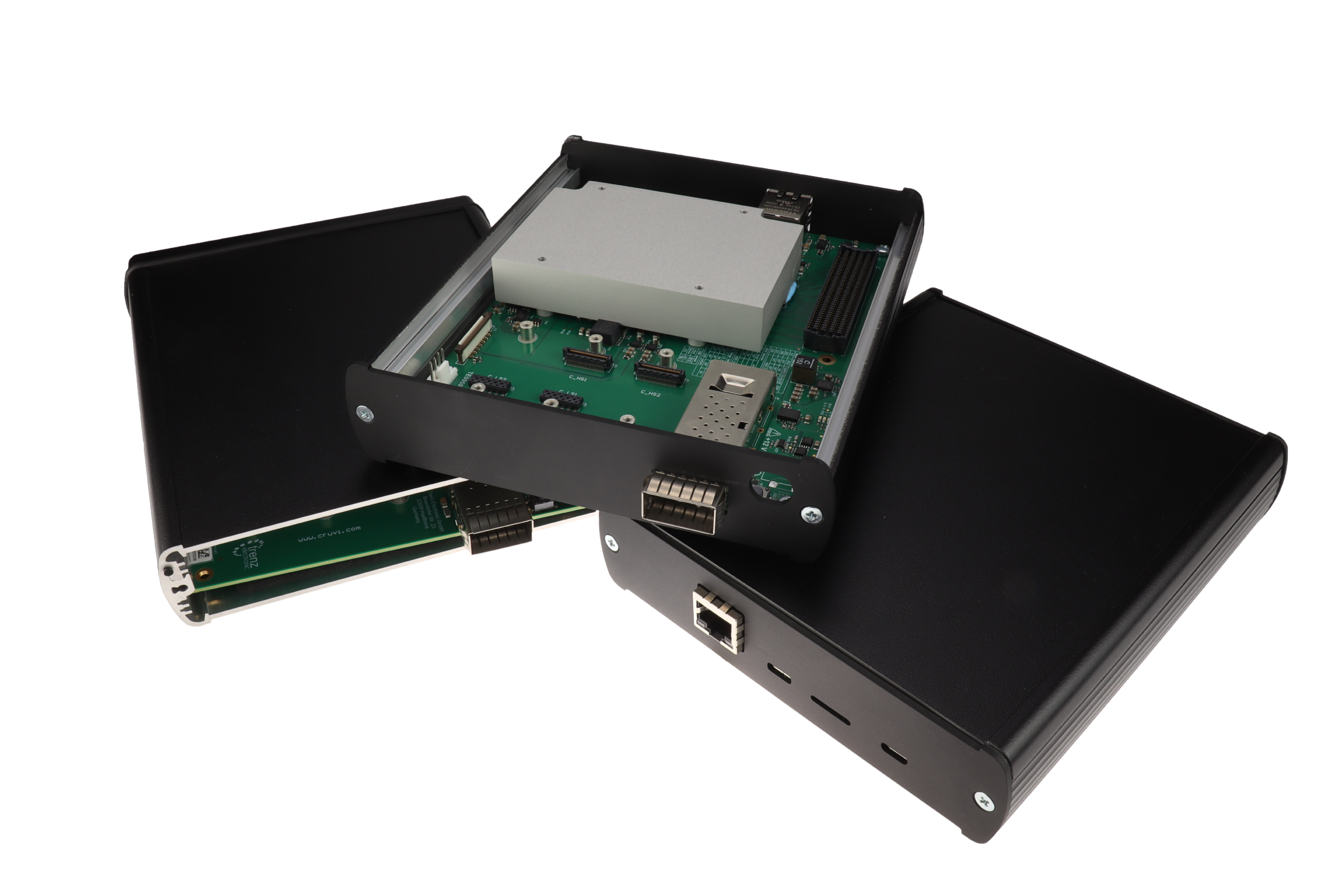
Auto/RPS-TE-0950-25G
- Hardware based on TE0950 AMD Versal™ AI Edge Evalboard from Trenz Electronic
- Features the AMD Versal™ AI Edge VE2302-1LSE
- FPGA Full System Stack for MLE Auto/TSN 2x25G
- Ubuntu 24.04 LTS for ARM
- Customized MLE Auto/TSN Linux kernel 6.6.10
- 12 VDC for lab and table top operation
Pricing and Availability
| Product Name | Deliverables | Example Pricing |
|---|---|---|
| Rapid Prototyping System (Base) AUTORPS-TE-0950-25G | FPGA Full System Stack for MLE Auto/TSN stack for 2x 25 GigE comprising hardware (FPGA board, power supply, active cooling, enclosure), system FPGA config (bitfile and rootfs). | $3,880,- per unit ( MOQ 2 units) |
| System FPGA Development Kit | AMD/Xilinx Vivado Design Project plus Commercial Single-Project-Use License delivered as encrypted netlists or RTL. | Please Inquire |
| Application-specific R&D Services | Advanced FPGA design services with access to acceleration experts from MLE. | $1,880.- per engineering day (or fixed price project fee) |
Please contact MLE for additional details on Auto/RPS products and services or other product and licensing options.
Edit Template
Documentation
Brochure
Application Note
Technical Document
News
Brochure
Application Note
Technical Document
News

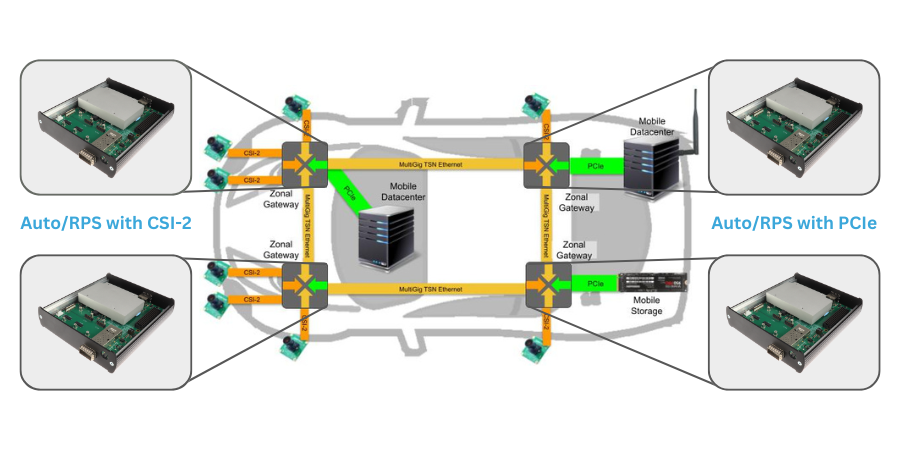
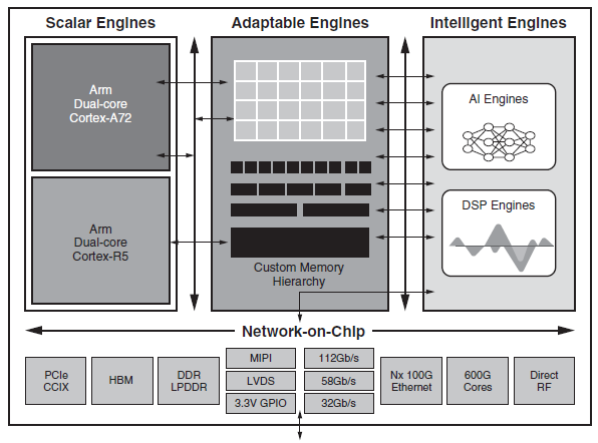
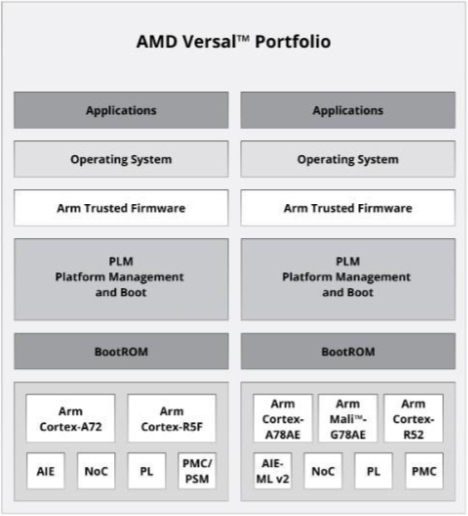
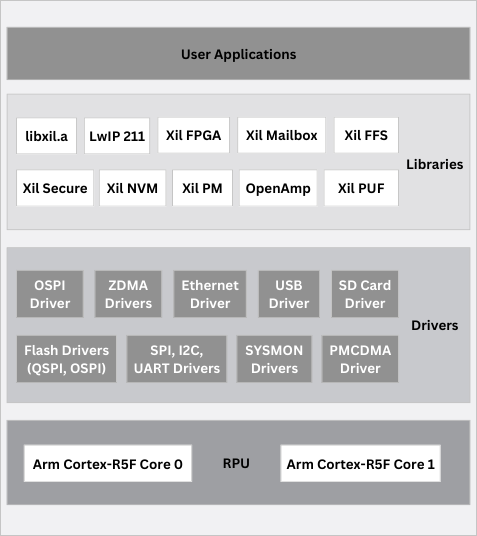
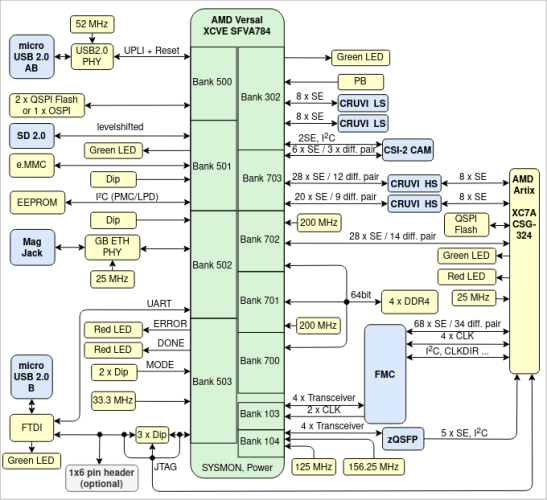
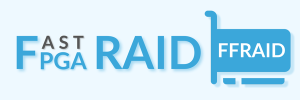
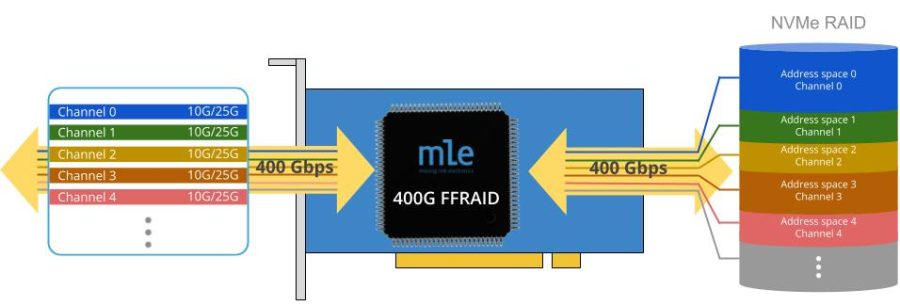




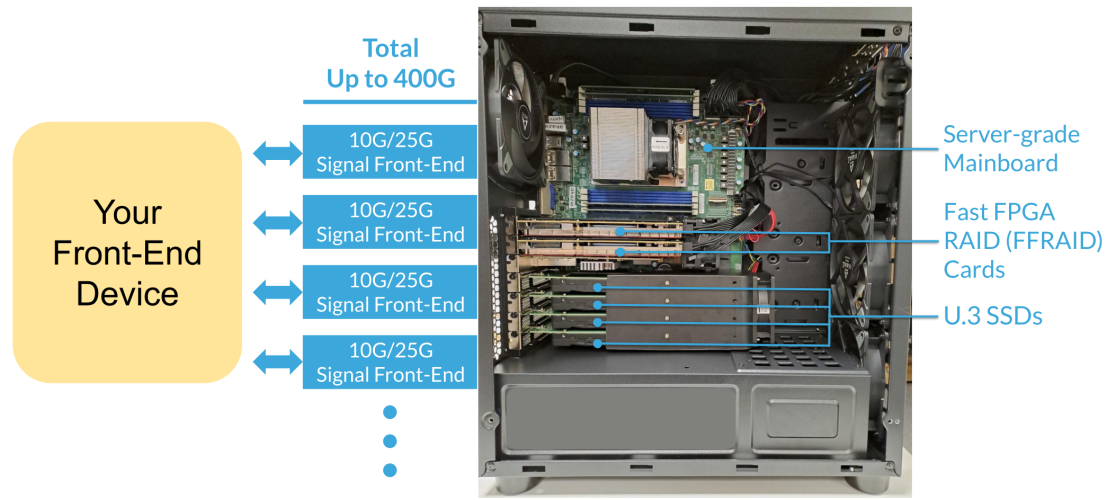
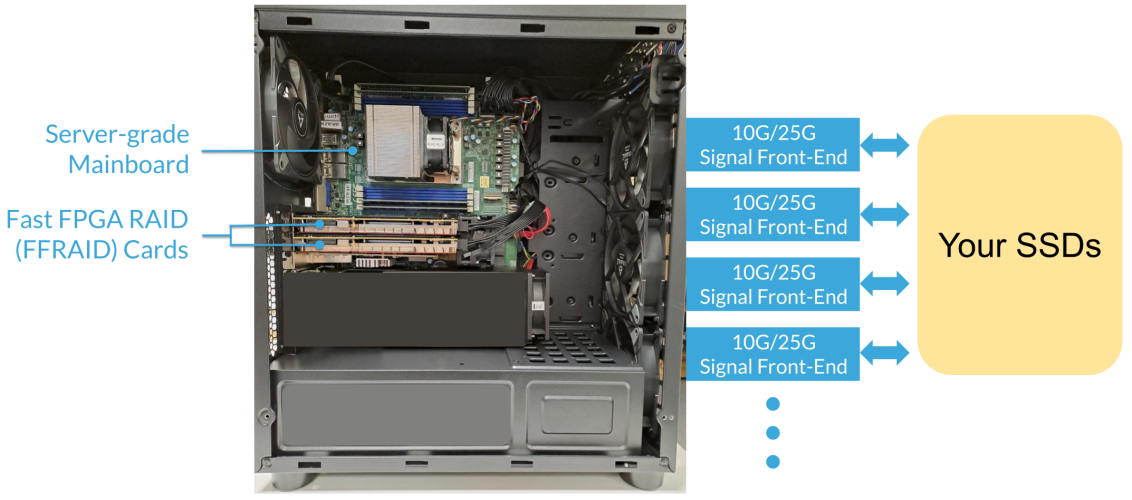

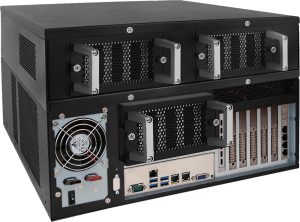


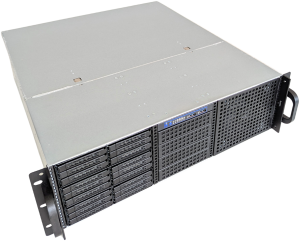
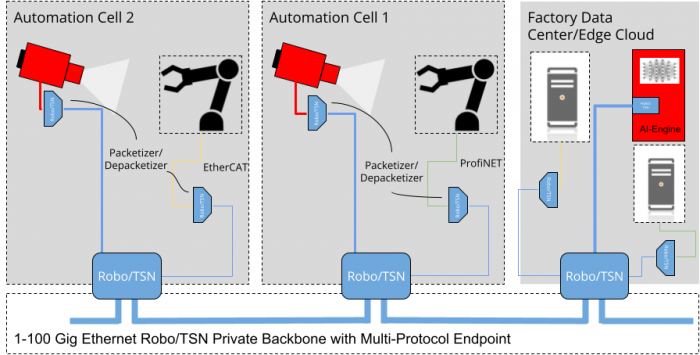
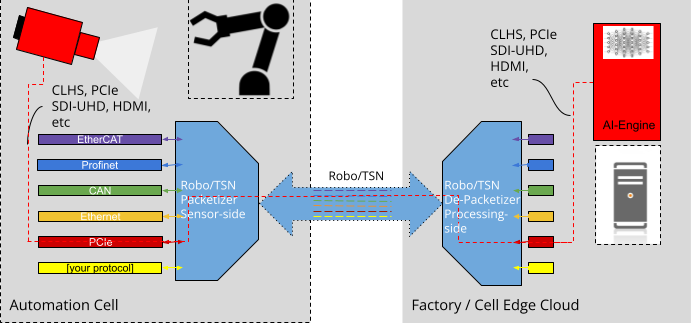



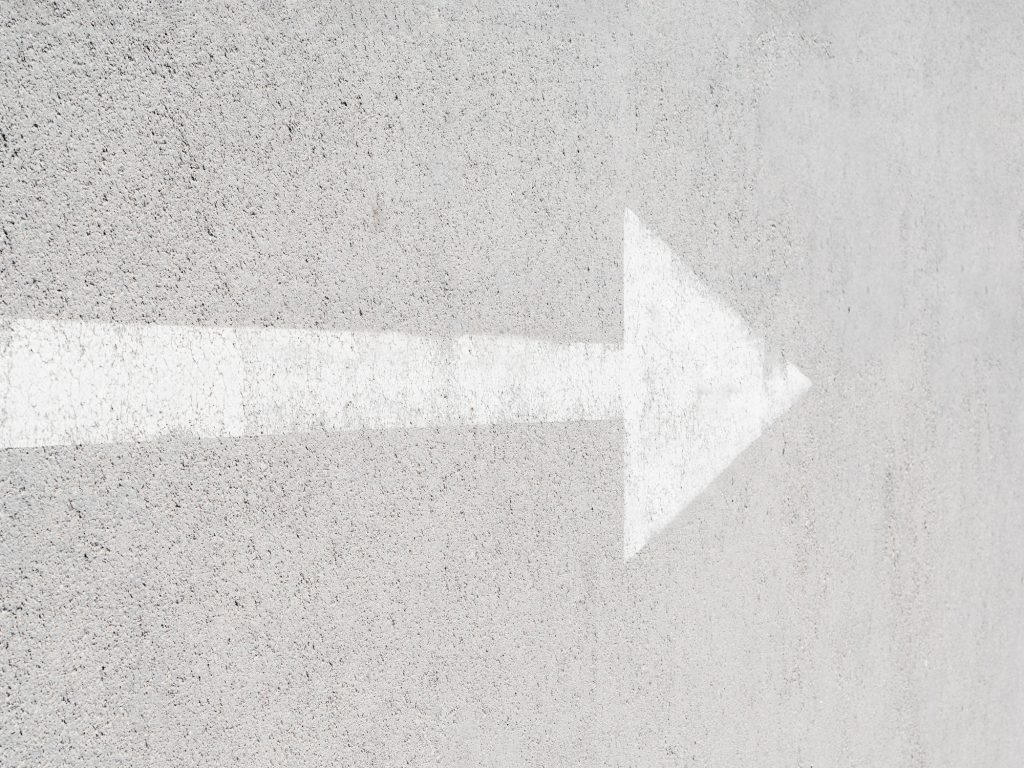


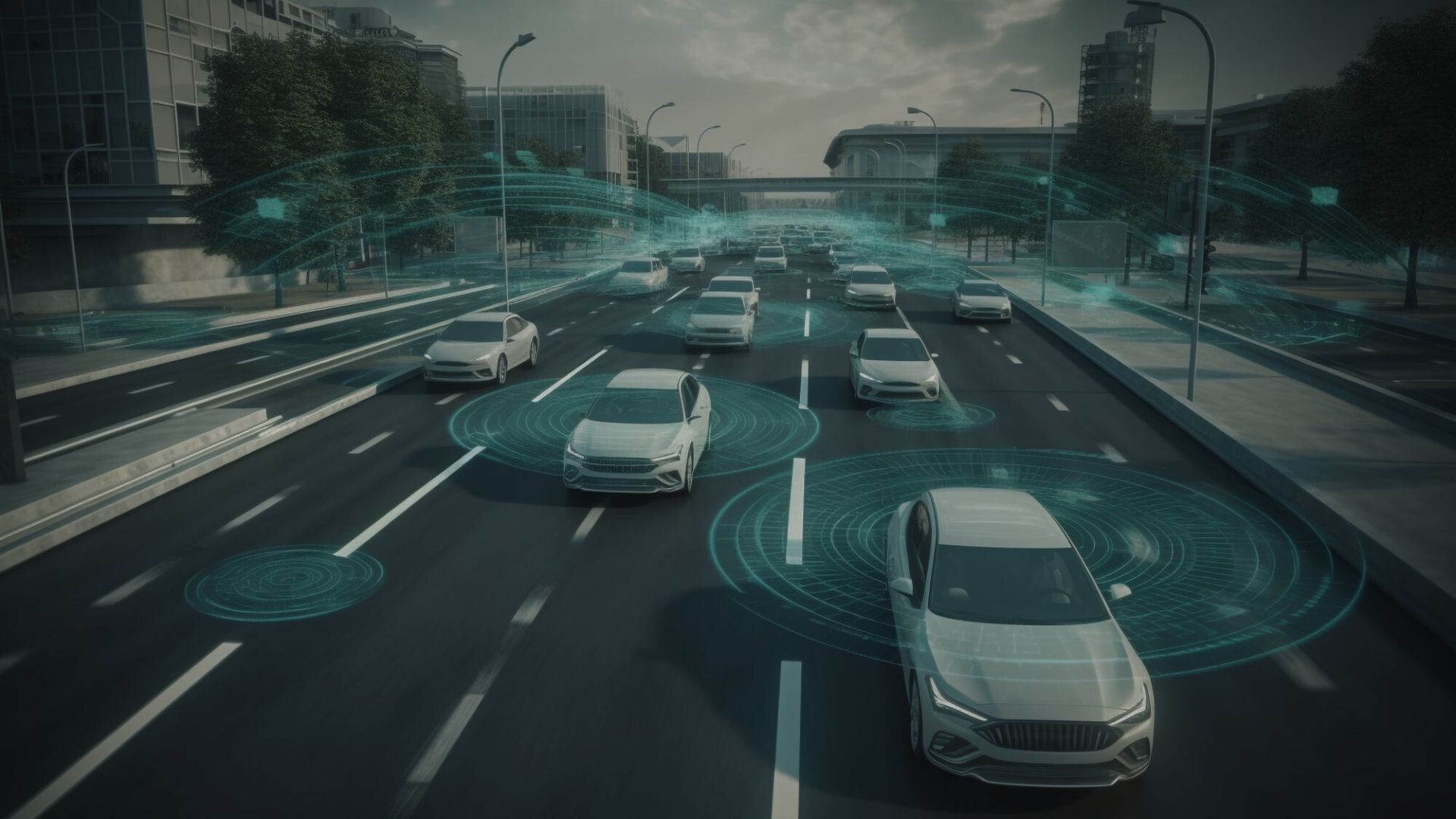
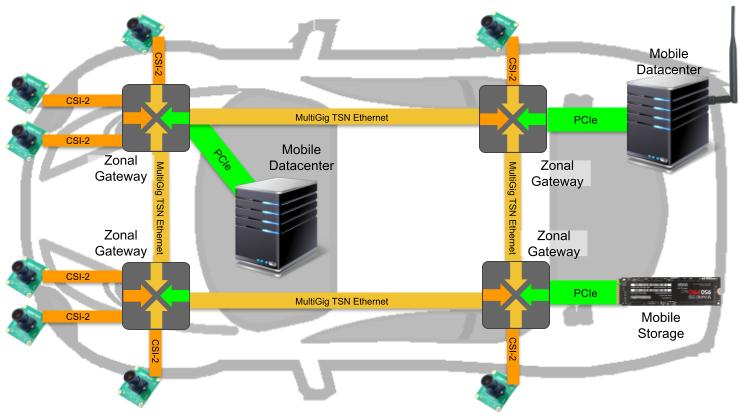

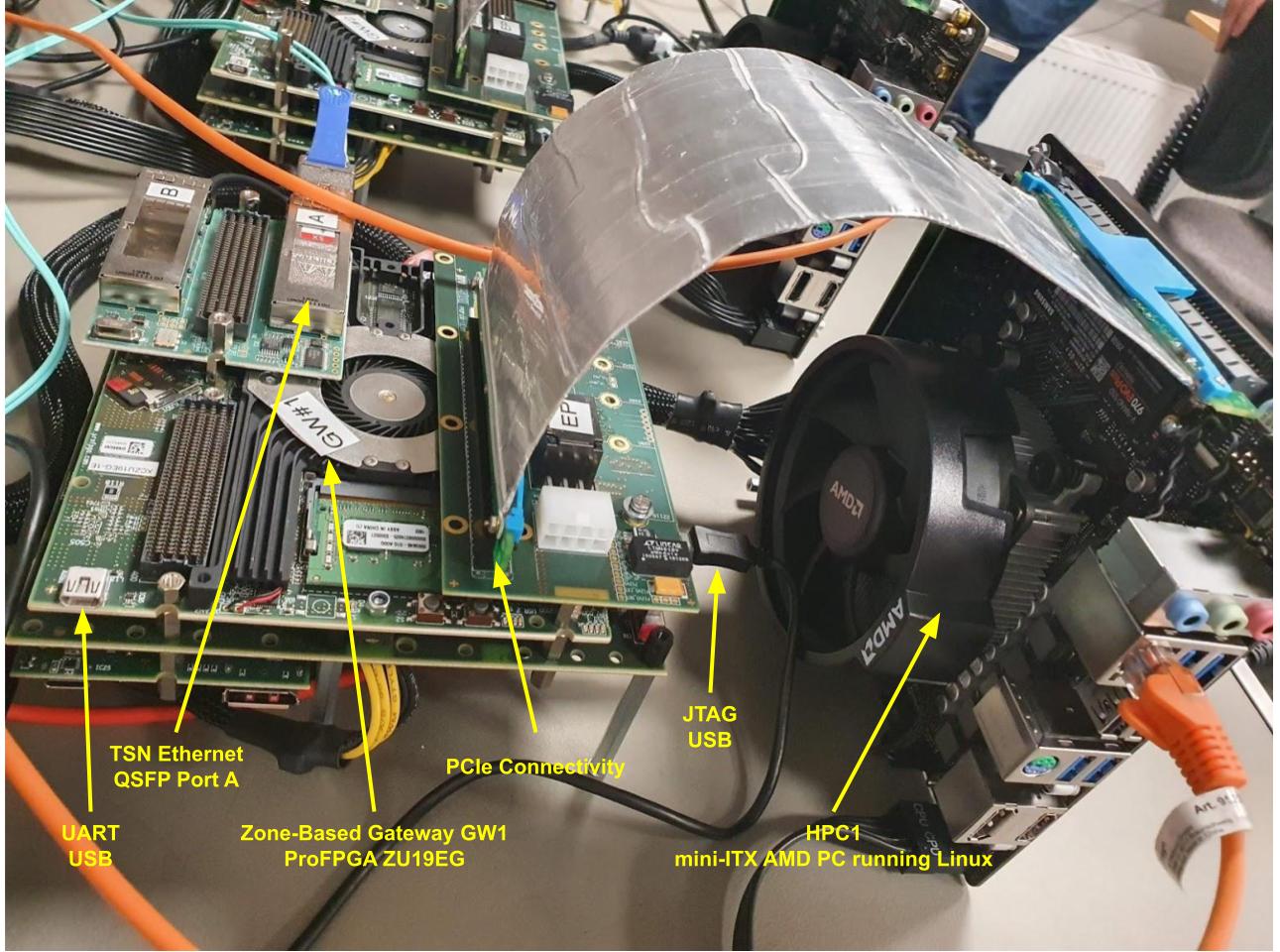
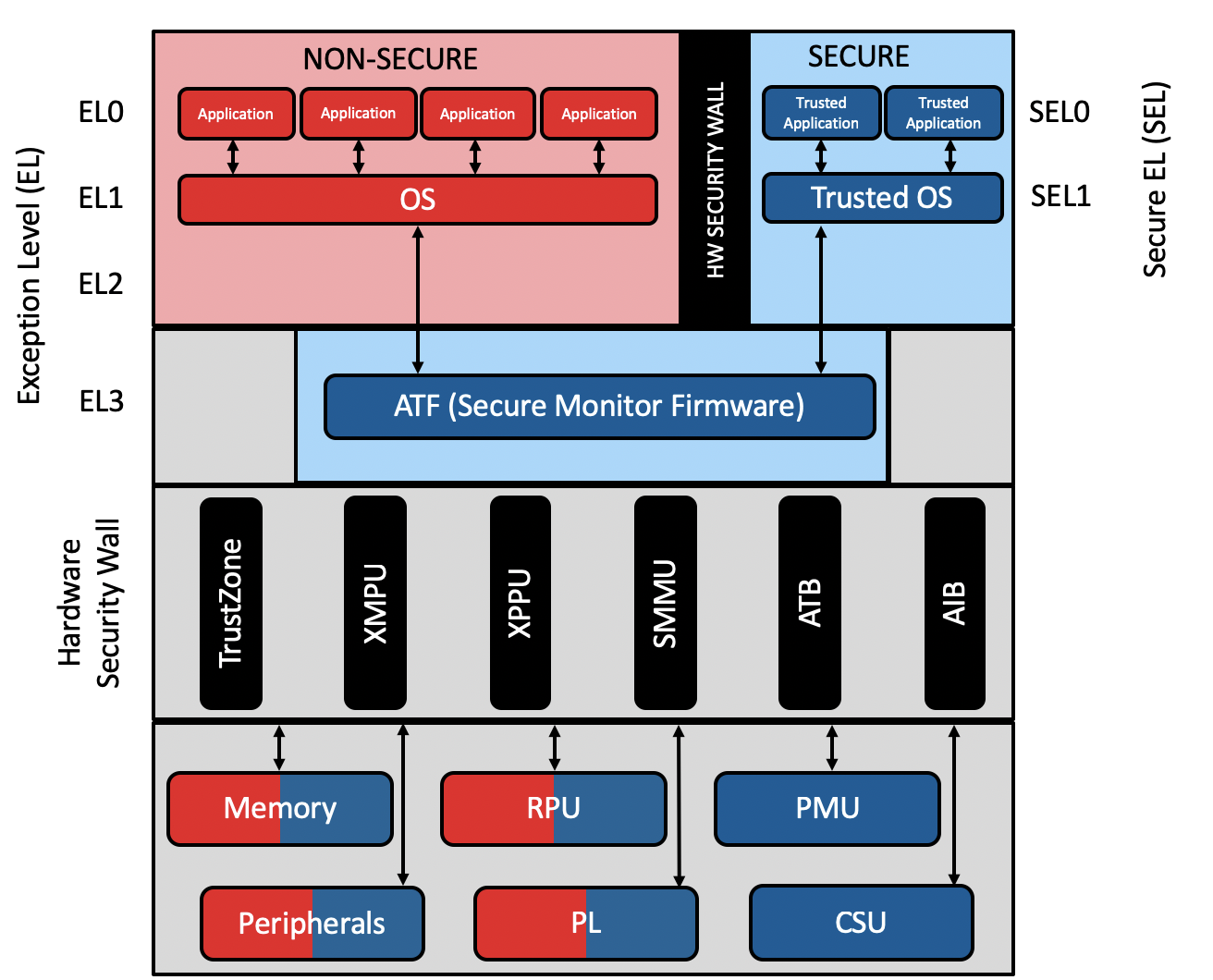
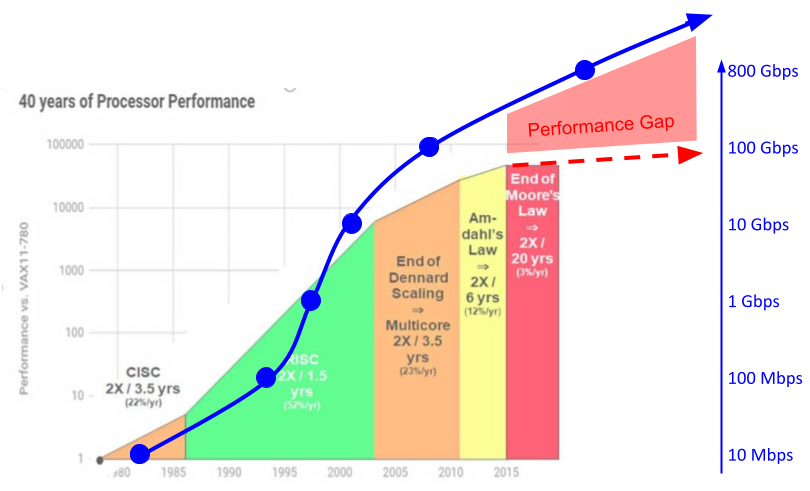
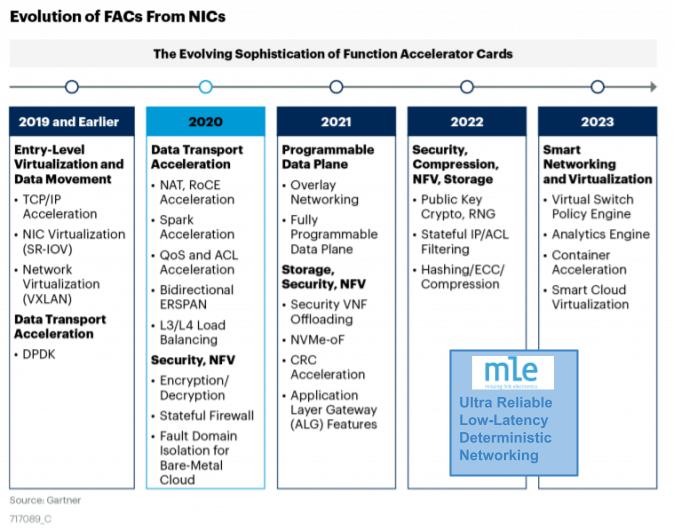
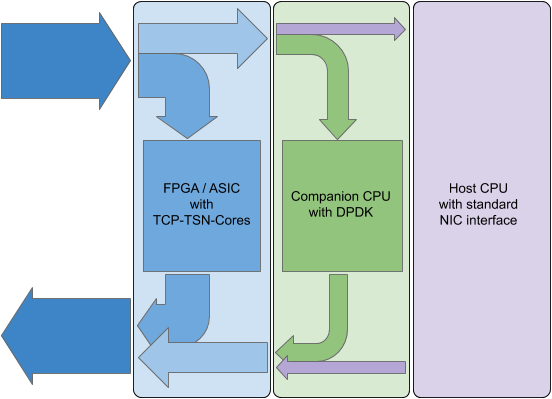 MLE is a contributor to the Corundum project. Please visit our
MLE is a contributor to the Corundum project. Please visit our 